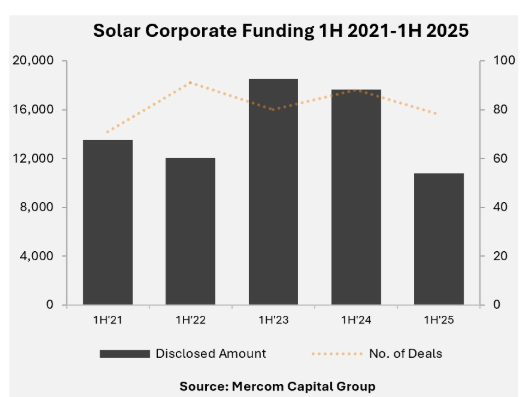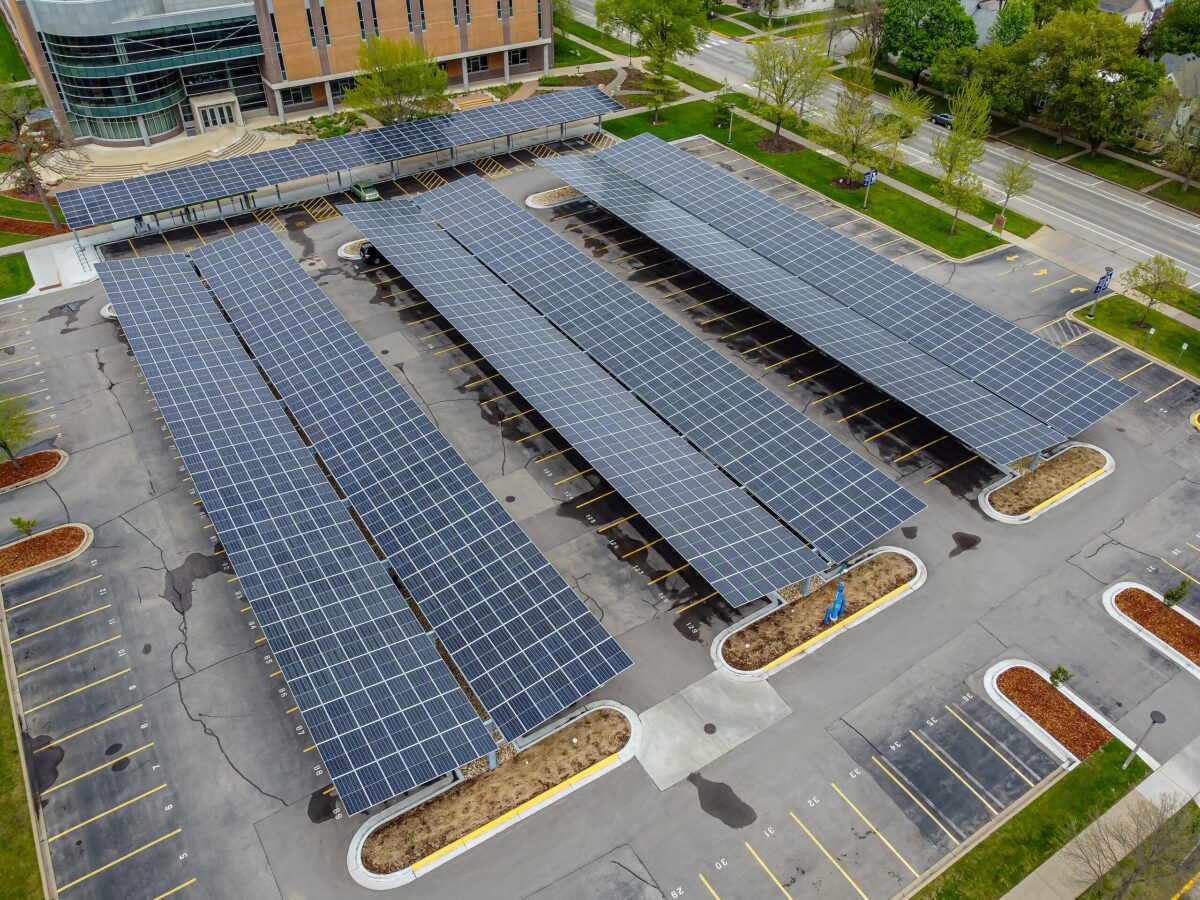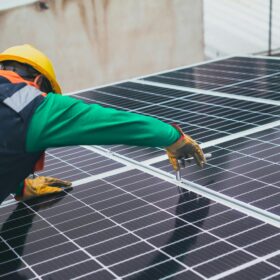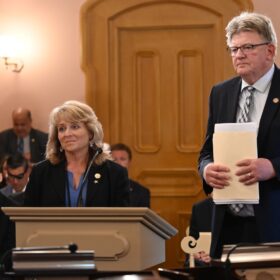Corporate funding, including venture capital, public market and debt financing fell 39% year-over-year in the first half of 2024, which totaled $17.8 billion, to the first half of 2025, $10.8 billion, said a report from Mercom Capital Group.
Venture capital (VC) funding declined 7% year over year, with $2.5 billion raised over 32 deals in the first half of 2025. The top VC deals were $1 billion raised by Origis Energy, $500 million raised by Silicon Ranch, $130 million raised by Terabase Energy, $129 million raised by Enpal, and $111 million raised by Solveo Energies.
Solar public market financing reached $467 million over five deals, a steep 73% decline over the year-ago first half total.
Mercom Capital reported 50 solar merger and acquisition transactions in the first half of 2025, up from 40 transactions in the first half of 2024. There were 106 project acquisitions totaling 19.9 GW compared to 113 project acquisitions totaling 18.5 GW in first half 2024.

Image: Mercom Capital Group
In the United States, policy uncertainty led to slowed and cancelled investment as the cuts to federal tax credits loomed. Now, the One Big Beautiful Bill is law, and investors have a clearer picture of the investment landscape ahead of them, enabling investment decisions to proceed with less uncertainty clouding outcomes.
The new federal law causes pain for clean energy investors and the communities that created jobs or expected more job creation, particularly in Republican districts. Since the tax credits were enacted by the Inflation Reduction Act of 2022, over 224 projects totaling nearly $110 billion in investment and leading to over 83,000 jobs were announced in Republican voting districts, according to E2. This was roughly 80% of the expected economic boom onset by the Biden-era industrial policy. Even before the bill was passed, the looming threat of cuts led to billions in project and factory cancellations, with more likely to come.
While the bill makes significant cuts to the timelines for tax credit eligibility, the U.S. solar industry is voicing a resilient outlook.
Lazard analysis found that solar levelized cost of electricity beats the lowest-cost fossil fuel for new-build projects, even without tax credits. Solar represented 77.7% of new capacity added to the grid thus far in 2025, and with electricity demand expected to rise, the fundamentals for solar are still strong.
This content is protected by copyright and may not be reused. If you want to cooperate with us and would like to reuse some of our content, please contact: editors@pv-magazine.com.









By submitting this form you agree to pv magazine using your data for the purposes of publishing your comment.
Your personal data will only be disclosed or otherwise transmitted to third parties for the purposes of spam filtering or if this is necessary for technical maintenance of the website. Any other transfer to third parties will not take place unless this is justified on the basis of applicable data protection regulations or if pv magazine is legally obliged to do so.
You may revoke this consent at any time with effect for the future, in which case your personal data will be deleted immediately. Otherwise, your data will be deleted if pv magazine has processed your request or the purpose of data storage is fulfilled.
Further information on data privacy can be found in our Data Protection Policy.